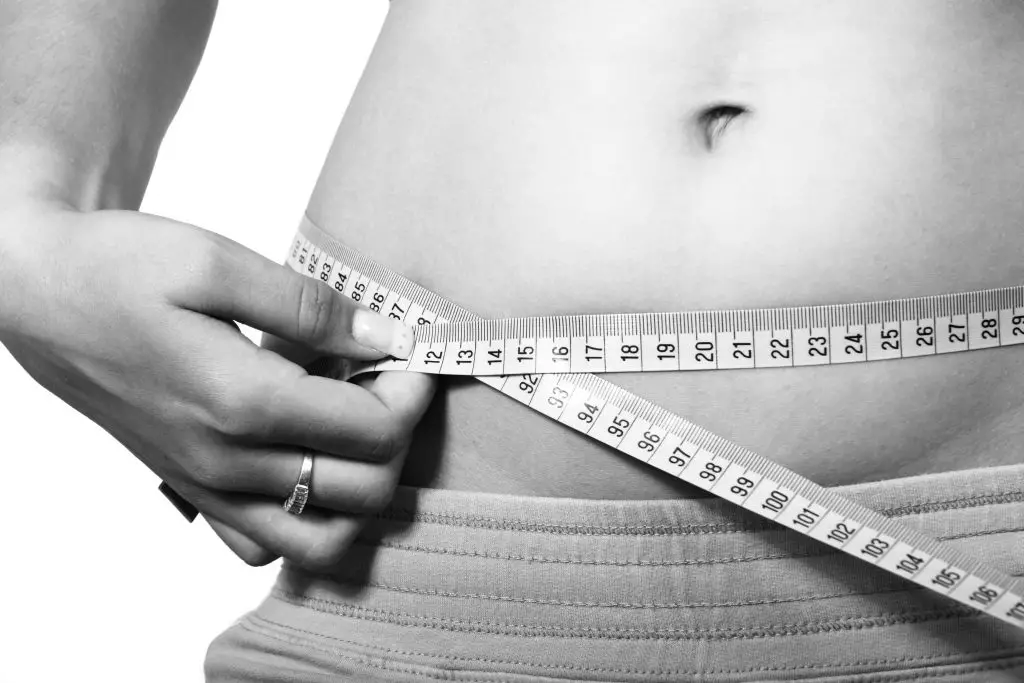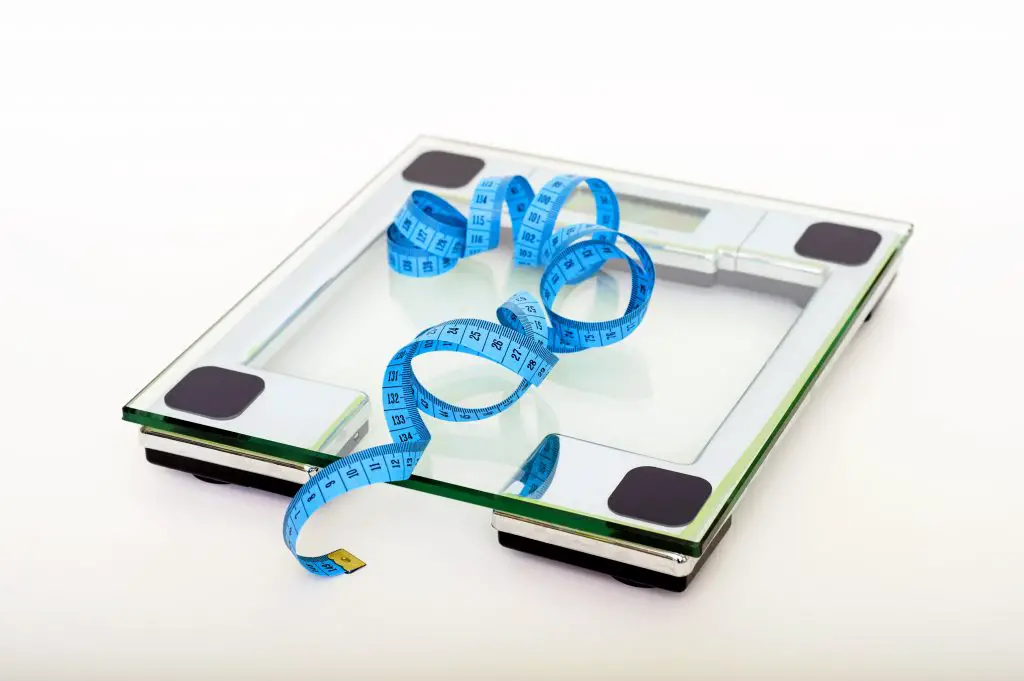“My waist has grown so big I can barely see my toes when I look down.”
I hear this so often from friends, family, and even strangers. But just because everyone’s waists are expanding doesn’t mean yours should, too.
True, several factors may play a part – genetics, hormones, aging and lifestyle. Once you hit your 30’s, your metabolism starts to slow. Almost all of us tend to gain weight because of the hormonal changes that go on in our bodies. Add a dash or two of sedentary lifestyle and poor diet and you get the perfect formula for increased visceral fat. The bad news is that this added weight is hard to lose.
The bottom line (pun intended) is you can’t keep making excuses forever. Sooner or later, that expanding waistline is going to become a health concern so the best time to address the issue is here and now!
Why the waist?
Waist circumference is an excellent indicator of the amount of visceral fat you’re carrying. This fat is stored inside your abdominal cavity where important internal organs are – intestines, pancreas, and liver. This type of fat wraps itself around the organs so just imagine how dangerous it is. Increased amounts of visceral fat inside your body increases your risk of developing serious health problems such as diabetes, heart disease and stroke.
But wait, there’s more.
Visceral fat also produces inflammatory chemicals that interfere with normal body functions.
For men, the ideal waist circumference is below 95 centimetres (38 inches). having more than that predisposes you to developing chronic disease. 102 centimetres (40 inches) or more puts you in the “greatly increased risk” category.
For women, a waist circumference that is higher than 80 centimetres (32 inches) categorizes you as “at risk”, while 87 centimetres (34 inches) or more classifies you as having a “greatly increased risk.”
Is waist circumference a reliable health indicator than BMI?
Professor Tim Gill, a public health expert from the University of Sydney, says that muscularity, height and ethnicity have less impact on waist circumference compared to other measures such as the Body Mass Index (BMI).
BMI is a ratio of your height and weight. It generally gives you an approximate idea as to the amount of fat that you have.
But Professor Gills has this to say: “It can certainly be distorted by the muscularity of a person — a bigger muscle-bound bodybuilder, or a Polynesian person, they’re going to have less fat compared to the typical European person with the same BMI.”
“In general, if your waist circumference is going up, you’re putting on fat, and you’re putting on the worst type of fat,” he says.
Lose the weight
Professor Gill’s wise advice is to start small. A little weight lost – as little as 5 percent of your total body weight – goes a long way.
Start with a healthy diet. Exercise. Focus on a goal.
In the end, you’ll thank yourself for doing the right thing.
Finally, it’s a common misconception that healthy meals take longer to prepare. And it costs no more to eat well either! You might find our easy meals for healthy living post helpful.
Do you have healthy weight loss ideas you would like to share? Comment below and let us know!


